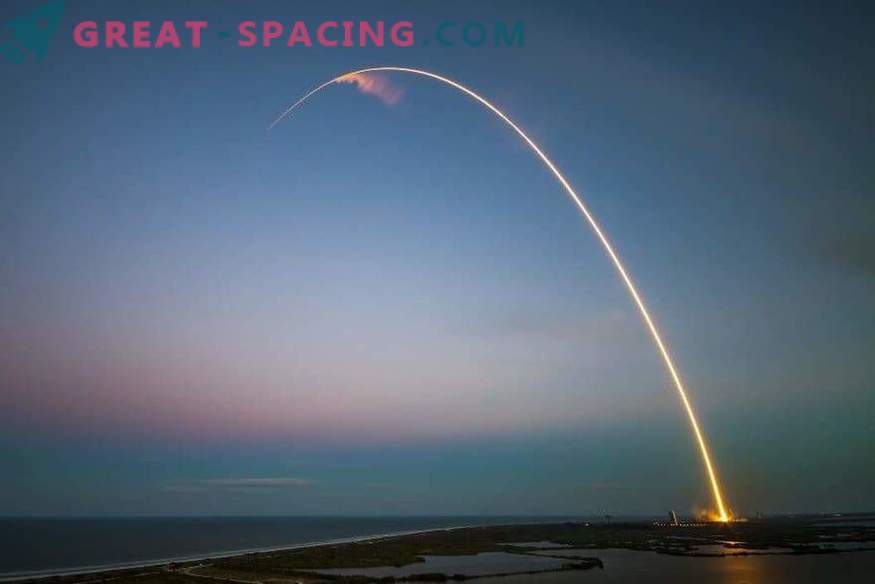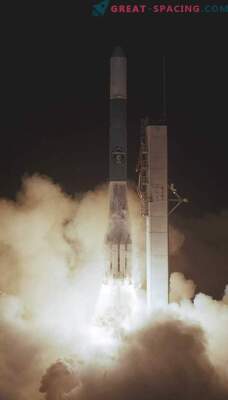
On August 22, 2018, the Aeolus satellite climbed into orbit on a Vega rocket from a European spaceport from French Guiana. Now the device will begin to measure winds around the world and play a key role in trying to better understand the work of the Earth’s atmosphere. It is important to note that the new mission will also improve weather forecasts. Aeolus transfers one of the most sophisticated tools ever launched into orbit. This is Aladin, incorporating revolutionary laser technology to create UV-light pulses emitted into the atmosphere to profile planetary winds - a completely new approach to the study of wind from space. Prior to recovery, the satellite was located at the cosmodrome for 6 weeks. During this time, it was tested, refueled and inserted into the shell of the Vega rocket fairing. On August 22, the rocket launched, and after 55 minutes the upper stage pushed Aeolus into orbit. On August 23, they made contact via the Troll ground station in Antarctica. The satellite is controlled by the ESA European Space Operations Center in Germany. The following months, the inspectors will spend on thorough inspection and calibration of the mission during the commissioning phase.











































